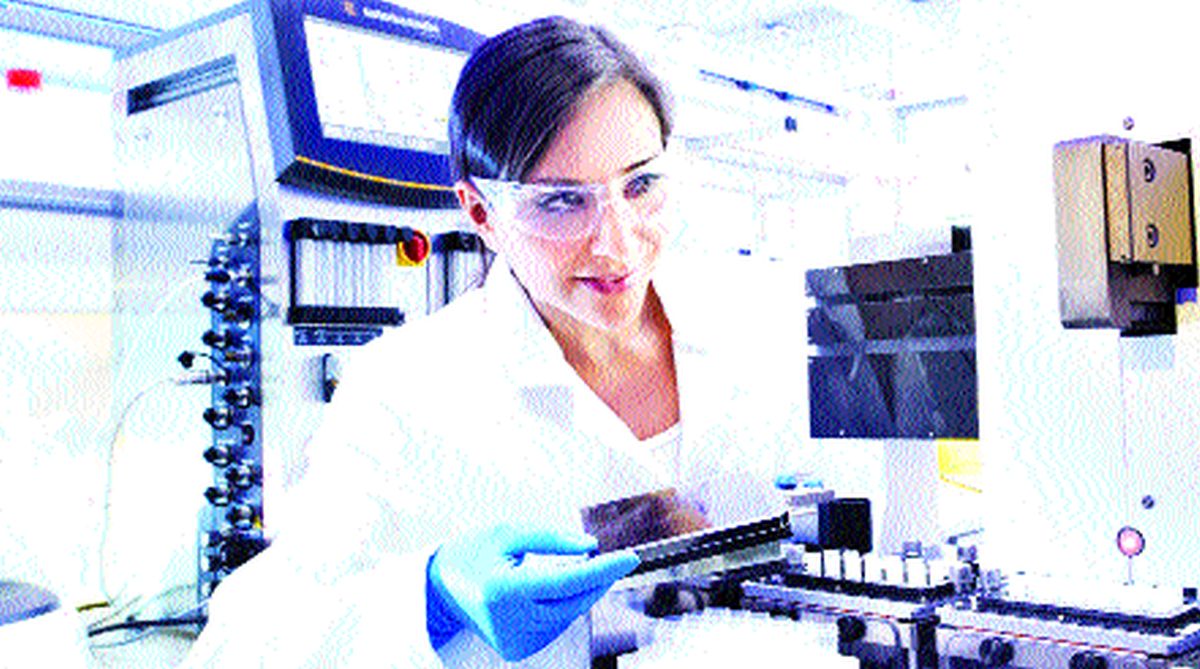Nepal Policy
India’s relationship with Nepal has always been complex, shaped by historical, cultural, and geographical factors.
Regenerative aesthetic medicine is emerging as the most demanding course for medical aspirants.

Representational Image.
Becoming a reputed doctor is the prime goal of every medical aspirant. They work hard to qualify the toughest evaluations and exams conducted in India. Earlier, with a countable number of specialisations and branches in medical science, the students had a handful of options to set their career path on.
However, the advancements and invasion of IT in medicine has opened numerous roles and specialisations for the medical students. One of them is Regenerative Aesthetic Medicine. Offering a lucrative career opportunity, regenerative aesthetic medicine is emerging as the most demanding course for doctors. Over the past decade, aesthetic medicine has gained an individual status separated from skin medicine or dermatology.
Advertisement
Offering career opportunities not just to doctors and aesthetic physicians but also to non-medicine trained staff, the field has evolved as a new way of practicing aesthetics. Students with degree like MBBS and above, BDS, BAMS, Mtech, PhD, MSc can apply for the course. The modules include Orthobiologics, Aesthetics for Face and Genital, PRP Therapy, Bone Marrow Stem cells, Adipose-derived Stem Cells and Metabolic medicine.
Advertisement
Often hyped as a magic bullet for various clinical applications, stem cell therapy also known as regenerative medicines is medically defined as the capability of renewing tissue for the lifetime of an organism. In fact, it has emerged as the latest method to help the body repair and regenerate aging cells, tissues, and organs. As a result, it not only aids recreating youth by improving the appearance but also helps in repairing, dysfunctional or injured tissues using stem cell therapy.
Hence, the technology is viewed as an effective treatment for conditions such as Neurological conditions, Orthopedics, Chronic Kidney Diseases, COPD and other Lung diseases, Liver Diseases, Cardiology, Autoimmune disorders, Ophthalmolic diseases, Infertility and Cosmetic Procedures. Also, it has been identified as a potential treatment for ailments like Type 1 diabetes mellitus, rheumatoid arthritis, Parkinson’s disease and a variety of cancerous conditions.
Demand for regenerative medicine: According to the industry reports, this market in India was valued at Rs one hundred crore in 2013. Although in its nascent stages, the market is estimated to reach Rs two hundred crore in 2018, owing to the growing number of stem cell banks and stem cell depositors.
While there are several contributing factors that are playing a significant role in the development and popularity, liberalisation of stem cell research and government support have emerged as the strong driving forces behind the impending success of the field.
As of now, India has established itself as a major player in the biotechnology across the Asia Pacific region, sharing space with giants like Japan and South Korea. Bangalore, Karnataka, in particular, is a major hub in work related to stem cells. Hence, with the rise in popularity, the need of the hour demands guided quality, skill and trained manpower in regenerative aesthetic medicine.
Although there are institutes that offer courses in biotechnology, there is a lack of institutions offering concentrated training and education on stem cell therapy.
Regenerative medicine as a lucrative career: In recent times, regenerative medicine is among the latest and inclining branches of translational pharmaceutical. There are numerous advantages and benefits of regenerative medicine ranging from chronic diseases like stroke, heart disease, diabetes, cancer, progressive neurological conditions, autoimmune diseases, trauma and others.
However, one of the major factors contributing to the growth of the branch is the rapidly rising aging populations. As a result of the demographic shift, researchers have identified an increase in the number of aged people spending on therapeutics and medicinal services.
Considering the aforementioned factors, it can be observed that regenerative aesthetic medicine as a career option offers umpteen opportunities. Since this field has been identified as a potential technology to cure conditions such as heart diseases, cancers, diabetes and many others, medical students pursuing courses in can opt for mainstream specialisation such as in cardiology or neurology. However, having an additional edge of the training and skills of using the ‘in-demand’ technology to offer their patients more refined and effective treatment.
Additionally, doctors and medical students graduating in dermatology can enhance their dermato-surgical skills with knowledge and training of regenerative medicines. Although cosmetology and aesthetics are thriving as a high income generating career option, students with additional knowledge of regenerative aesthetic medicine can also work in consonance with a multi-disciplinary team to help victims of burn and accidents.
Apart from these, aspirants can also choose careers in high rewarding roles in quality, research and development, production, clinical research, supply chain and human resources, finance and administrative functions.
The writer is founder of CosmoStem Institute Of Regenerative Aesthetic Medicine (CIRAM), New Delhi.
Advertisement